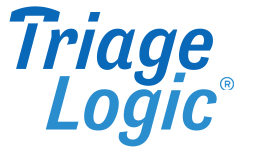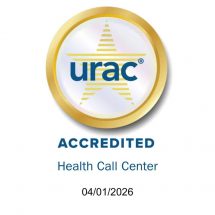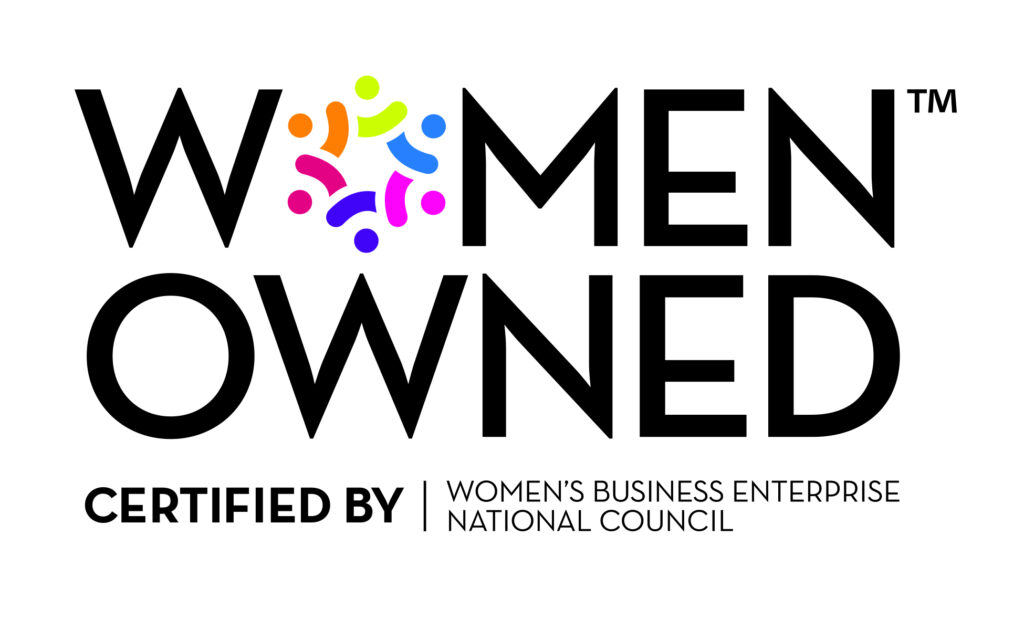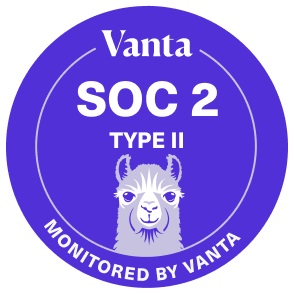When patients call your practice, who is the first person they speak with: a front desk attendant, a nurse, or an Answering Service Operator (ASO)? We ask because these are often the individuals tasked with relaying the reason for the call to the medical provider. If these medical messages from patients are inaccurate or incomplete, they can lead to delayed health care and negative outcomes. To avoid this, TriageLogic has created the first artificial intelligence-based tool for message takers, known as MedMessage Assist. Read on to learn more about how it operates, and how it improves the accuracy of medical messages. While this tool can be used by anyone responsible for vetting the urgency of patient calls, we’ll be discussing it in relation to Answering Service Operators.
Asking the Right Questions
MedMessage Assist works by reviewing the data that an ASO types while they’re speaking with a patient caller. If that patient mentions a symptom that could indicate something more severe, the tool will prompt the ASO to answer additional clarifying questions. For example, if the patient doesn’t mention a symptom (like a prescription refill request), MedMessage Assist prompts the ASO to ask generic questions to ensure that there are no symptoms that need to be identified for the provider. In some cases, this could mean the difference between life and death.
Example Case Study: Jane Doe
We’ve talked before about a woman who called a triage line to ask for a prescription refill after experiencing vertigo. The staff member she spoke with didn’t ask her about any symptoms in relation to the prescription refill, thinking the request was straightforward and nonurgent. The nurse manager noticed this, called Jane back, and learned through further questioning that Jane may have actually experienced a stroke. Thanks to the nurse manager’s quick thinking, Jane was referred to the ER for further evaluation.
Medical Messages From Patients, By The Numbers
From our analysis of medical messages submitted through medical answering services, we’ve found that between 30 and 50 percent of those delivered to triage nurses don’t indicate the severity of patient symptoms. There are several reasons that could influence this: a lack of either clinical experience or training retention, high employee turnover, or simply human error. It’s important to note that all of these reasons can still be present in spite of the best training available because medical answering service operators are not trained in health care.
That has all changed with the development of MedMessage Assist.
We’ve already seen how this tool can reduce the insufficiency rate of answering service input to less than five (5) percent. In other words, patients’ concerns are entered appropriately, and nurses receive accurate information to assess the urgency of each call.
A Standardized Medical Message Solution
Human input can lead to fluctuations in data accuracy. MedMessage Assist standardizes this approach so that all ASOs effectively communicate in the same way, with the same requirements. This is similar to how triage nurses rely on Schmitt-Thompson protocols to provide the most accurate patient dispositions for care, based on the level of severity of each patient’s symptoms.
Implementing MedMessage Assist not only improves the accuracy of medical messages, it acts as its own training tool, providing prompts and questions to ASOs automatically as they submit data for analysis. In the words of one nonclinical agent, this tool makes the patient interaction “so much easier to ask the right questions and make sure I am not missing anything important that the nurse needs to know.”
HIPAA Compliance
All health information that’s reviewed in MedMessage Assist meets the standards for HIPAA compliance and cybersecurity. It can either operate as a standalone module, or be integrated with a provider’s internal software.
(In fact, our goal with all of the medical technology we develop is for continuity of care, from secure text messaging and nurse triage software to remote patient monitoring.)
Beyond Answering Service Operators
While MedMessage Assist was born out of a need to help ASOs and the accuracy of their medical messages, it can complement doctors and nurses in other areas of patient interaction. We’ve already seen how patients gravitate to patient portals that offer appointment reminders and test results, so adding this tool to a portal’s offering is the next logical step. TriageLogic is excited to share this new technology and see how it will continue to improve nurse triage and public health.
If you’d like to try it out with your own staff, contact us today to talk about a program.
About TriageLogic
TriageLogic is a URAC-accredited, physician-led provider of top-quality nurse telehealth technology, remote patient monitoring, and medical call center solutions. Founded in 2007, the TriageLogic Group now serves more than 12,000 physicians and covers over 25 million lives nationwide.













